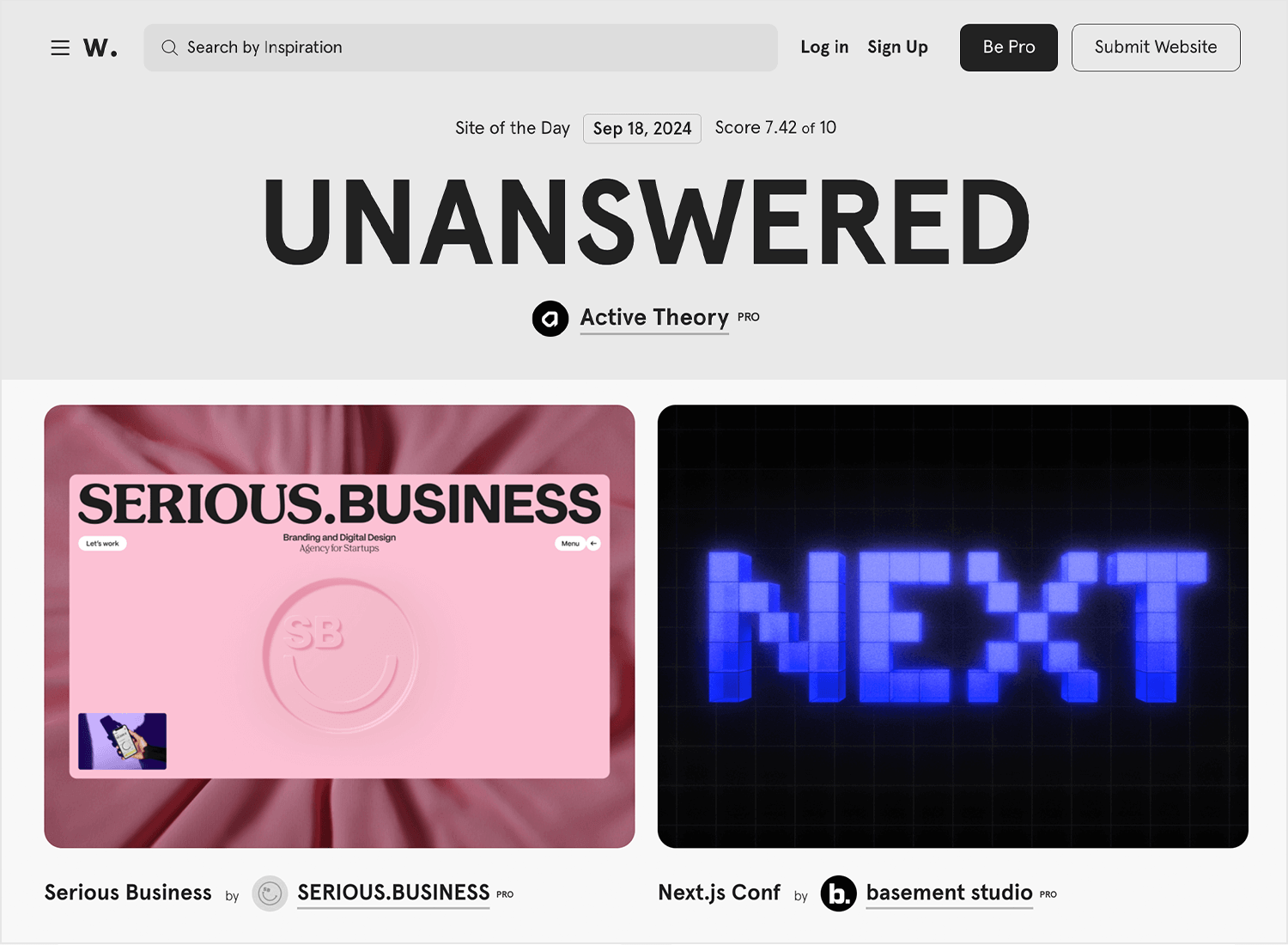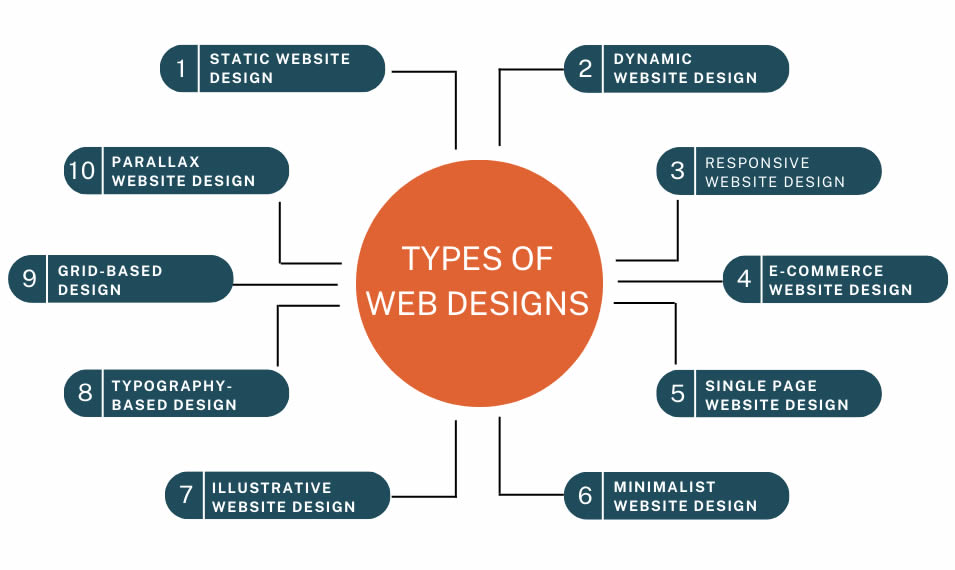Exactly How Reliable Internet Style Can Increase User Experience and Conversions
In the increasingly competitive electronic landscape, efficient website design plays a crucial function in boosting individual experience and driving conversions. By focusing on user-centric concepts, such as clear content hierarchies and user-friendly navigation, services can create appealing systems that not just attract visitors yet likewise promote seamless communications. As we discover the crucial elements that add to successful internet design, it becomes apparent that the influence on user complete satisfaction and conversion rates is profound. Comprehending these dynamics may uncover strategies that could change how users involve with your website.
Importance of User-Centric Layout
In the world of website design, prioritizing user-centric style is paramount for creating effective digital experiences. This technique concentrates on recognizing the requirements, choices, and habits of users, guaranteeing that electronic interfaces are accessible and intuitive (Web design). By incorporating user feedback into the design process, internet designers can craft experiences that resonate with their target audience, ultimately bring about enhanced interaction and contentment
User-centric design stresses use, which is important for preserving users and lessening bounce prices. When users can navigate a site easily, they are most likely to discover its content and transform into clients. A user-centered method promotes trust fund and trustworthiness, as customers feel that their demands are valued and resolved. This not just improves their experience however additionally motivates brand name loyalty.

Crucial Element of Reliable Layout
Effective layout works as the foundation of user-centric internet design, translating customer needs right into aesthetic structures that help with communication. A well-organized layout focuses on web content via a clear pecking order, assisting users' eyes to important info. This power structure is often developed making use of spacing, shade, and size, ensuring that important components stand apart.
An additional secret aspect is using whitespace, which prevents overcrowding and enhances readability. Web design. Whitespace permits components to take a breath, making the overall design appear cleaner and much easier to navigate. In addition, uniformity in design elements, such as typefaces and shades, promotes knowledge and trust, enabling individuals to navigate the website with higher simplicity
Grid systems can also be invaluable, supplying a framework that lines up web content rationally and visually. This placement enhances the individual experience by producing an organized aesthetic circulation. Versatility in layout-- like responsive layout-- ensures that web sites carry out well throughout different tools, providing to diverse customer choices.
Inevitably, a reliable design not only captivates users yet likewise motivates them to engage even more deeply, eventually driving conversions and satisfying company objectives. By concentrating on these crucial elements, designers can develop layouts that reverberate with users and enhance their total experience.
Navigational Best Practices
Instinctive and clear navigating is vital for improving customer experience on a website. A well-structured navigation system permits individuals to find details rapidly, which directly affects their fulfillment and likelihood of conversion - Web design. Executing an ordered structure is crucial; use groups and subcategories that practically group related content, making it much easier for visitors to explore
Uniformity in navigating aspects is also essential. Ensure that web links, switches, and menus preserve harmony stylishly, color, and positioning across all pages, giving individuals with a familiar structure as they browse. In addition, make use of descriptive labels for navigating items. As opposed to generic terms, select clear labels that accurately mirror the material, aiding users in making notified choices.

Mobile Responsiveness and Access

Ease of access, on the other hand, concentrates on making sites usable for individuals with disabilities. This includes adhering to standards such as the Web Web Content Availability Standards (WCAG), which deal with problems like shade contrast, message size, and key-board navigation. By executing these criteria, web designers can develop comprehensive experiences that accommodate a broader audience, consequently enhancing user interaction and satisfaction.
In addition, mobile responsiveness and availability not just improve customer experience however likewise favorably influence online search engine positions. Online search engine prioritize obtainable and mobile-friendly web sites, making them extra most likely to show up in see post pertinent search engine result. As a resource result, spending in these elements of website design not only satisfies individual demands but additionally adds to general service success through enhanced presence and improved conversion rates.
Measuring Success With Analytics
Tracking customer interactions and actions via analytics is crucial for evaluating the success of a site. By leveraging tools such as Google Analytics, businesses can collect crucial data that reveals just how users involve with their website. Metrics such as bounce prices, average session duration, and conversion rates supply insights into customer actions and can highlight locations for improvement.
Comprehending user demographics and traffic resources better enhances an internet site's performance. This data enables web designers to tailor web content and layout components to much better meet the needs of their target audience. Furthermore, tracking specific individual journeys helps recognize prospective bottlenecks in the conversion channel, allowing services to optimize their internet layout appropriately.
Consistently evaluating this analytics information is important for constant improvement. A/B testing different layout elements can give concrete proof of what resonates with individuals, permitting for informed decisions based upon real-world efficiency. Inevitably, measuring success via analytics not just boosts customer experience yet also drives conversions, ensuring that internet layout efforts straighten with organization objectives. In a digital landscape where competitors is fierce, taking advantage of the power of analytics is key to maintaining a effective and straightforward internet site.
Final Thought
In verdict, reliable web style plays a crucial function in improving individual experience and driving conversions. Ultimately, measuring success through analytics enables for continuous improvement, guaranteeing that design techniques remain aligned with individual demands, thereby cultivating business development and success.
In the increasingly competitive electronic landscape, efficient internet layout plays an navigate to these guys essential duty in improving individual experience and driving conversions. By incorporating user comments right into the style procedure, web designers can craft experiences that reverberate with their target audience, ultimately leading to enhanced involvement and satisfaction.
Eventually, the importance of user-centric design exists in its capacity to develop meaningful interactions that drive conversions and foster lasting partnerships with users, making it an essential element of successful web layout methods.
Eventually, measuring success with analytics not just enhances user experience however also drives conversions, making certain that internet layout initiatives line up with service objectives.In verdict, reliable internet layout plays a critical role in improving customer experience and driving conversions.